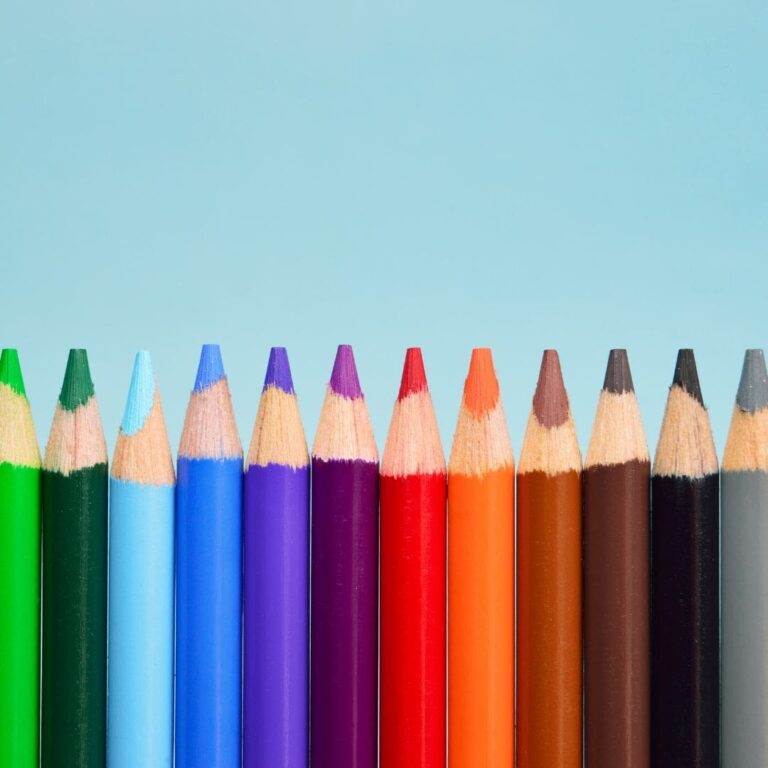Graphic Design
Why Graphic Design is not Art and Why the Distinction Matters
Share this article:

The distinction between art and design has long been debated in the realm of creative expression. While both fields involve visual composition and creativity, fundamental differences set them apart. One such distinction lies in the world of graphic design, which, despite its undeniable creativity and aesthetics, can be argued not to fall under the umbrella of traditional art. In this blog post, we delve into why graphic design is not art.
1. Purpose and Intent
Art is often driven by the artist’s personal expression, emotions, and interpretation of the world. It doesn’t necessarily have a specific goal or intended message – its impact is subjective and open to individual interpretation. On the other hand, graphic design is typically commissioned with a particular purpose in mind. It aims to convey information, promote a product or service, or influence an audience’s behaviour. The design’s success is often measured by how effectively it communicates its intended message, which contrasts with the often abstract nature of art.
2. Audience-Centric Approach
Art frequently seeks to evoke emotions, challenge conventions, and provoke thought. It’s a personal exploration that may or may not resonate with a broad audience. Graphic design, on the other hand, places a significant emphasis on the target audience. Design decisions are made to engage and resonate with a specific demographic, ensuring the message is clear and relatable. This focus on the audience’s needs and preferences distinguishes graphic design from the more reflective nature of art.
3. Commercial and Functional Elements
Graphic design operates within the commercial realm, where its primary function is to serve a client’s needs or a company’s branding. This practical aspect is a defining feature of graphic design. Art, however, is often seen as a more independent form of expression that may or may not have commercial value. The commercial nature of graphic design introduces constraints and considerations not typically present in art.
4. Collaborative Process
While both art and design involve collaboration to varying degrees, graphic design is often a collaborative process that involves multiple stakeholders, including clients, marketers, and developers. This collaborative approach aims to achieve a specific outcome that aligns with the project’s goals. Art, in contrast, is often a solitary endeavour that allows the artist to explore their thoughts, feelings, and ideas without external pressures.
5. Reproducibility
One of the defining characteristics of art is its uniqueness and originality. While reproductions exist, each artwork is typically considered a singular creation. In contrast, graphic design is often meant to be reproduced on a large scale, whether in print or digital formats. This mass production and replication of designs underscore graphic design’s functional nature over art’s individuality.
The distinction between graphic design and art lies in their underlying purposes, intended audiences, commercial elements, collaborative nature, and the concept of uniqueness. While graphic design certainly involves creativity and aesthetics, its primary focus on communication, commercial objectives, and functional outcomes sets it apart from art’s often more introspective and subjective nature. Recognizing and appreciating the unique aspects of both fields can lead to a greater understanding of the diversity within the realm of visual expression, and this understanding ultimately contributes to the success of PR initiatives and the effective communication of messages to the intended audience.
You may also enjoy...
Read more great articles like this, or return to the main articles page…
Creating Cinematic Impact: The Importance of Film Marketing in PR
Who doesn’t love films or movies? We often seek more background on what elevates a film and how it gains the attention it deserves through promotion, or what we call…

All is fair in PR and Oscars
A brief history of Oscar campaigning and how Hollywood tactics could work for you. If awards are a sport, then the Oscars are my Superbowl. From a very early age,…

The Power of Colour: Bridging Accessibility in Communication
Introducing a new dimension In the realm of communication, there is a timeless emphasis on enhancing effectiveness through the art of message framing. This art involves structuring discussions to shape…
